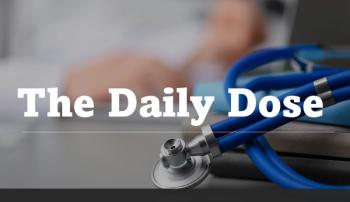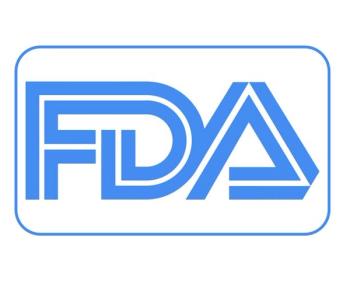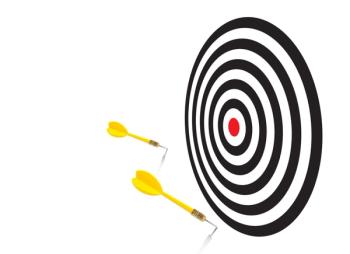
Migraine Management in Primary Care: 5 SEEDS for Success
Five migraine management essentials for PCPs and headache patients are summarized with the mnemonic SEEDS.
Lifestyle modification counseling is as essential to migraine management as pharmacologic intervention. A recent review in the Cleveland Clinic Journal of Medicine underscores the important role of the primary care physician in offering headache patients behavioral guidance.
The authors identify 5 key lifestyle areas, summarized by the mnemonic SEEDS: sleep, exercise, eat, diary, and stress. The short slide show below is adapted from the review’s Advice to Patients with Migraine: SEEDS for Success.
The content is very patient-friendly and may be useful as talking points with your next migraine patient.
Newsletter
Enhance your clinical practice with the Patient Care newsletter, offering the latest evidence-based guidelines, diagnostic insights, and treatment strategies for primary care physicians.




